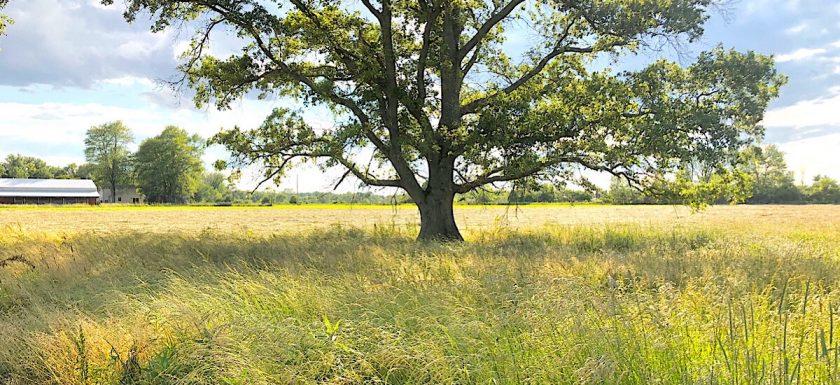Welcome to July 2021 Field Notes, our own special newsletter that will be published monthly from April to October. Here you will learn about what is happening on the farm and grass fed beef availability.
Summer is our busiest time on the farm as you can imagine. As we wrap up our homeschool curriculum, new calves are being born, the garden needs constant tending and weeding, and creative cooking is happening the kitchen to feed this hard working growing crew.
The Field
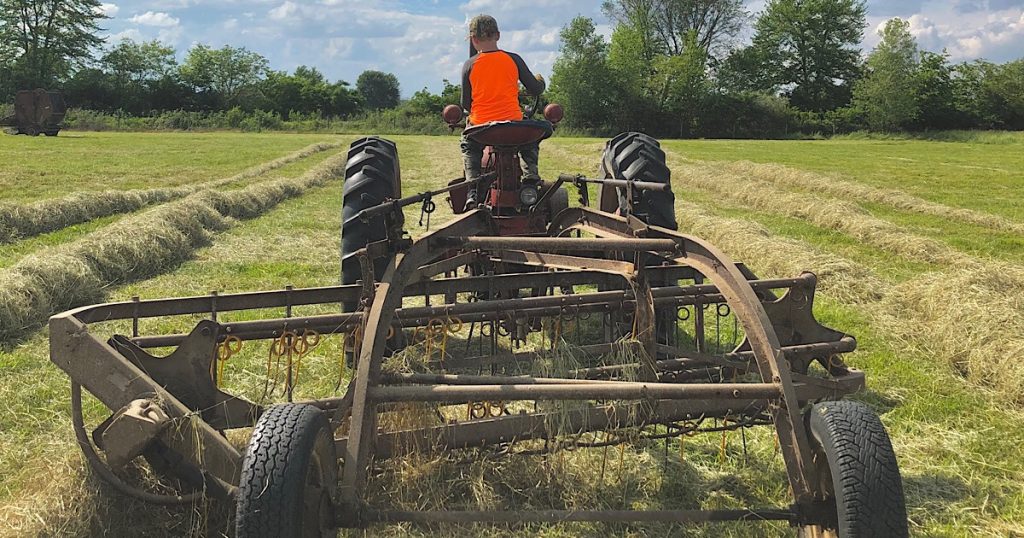
It’s hay making season! This year we added a Tedder and a Round Baler to our fleet. The Tedder is pulled behind the tractor and spins the hay to help it dry in the sun. The round baler is a 1970’s International Harvester. Compared to our 1950’s International Harvester tractors, the baler is practically hot off the factory line.
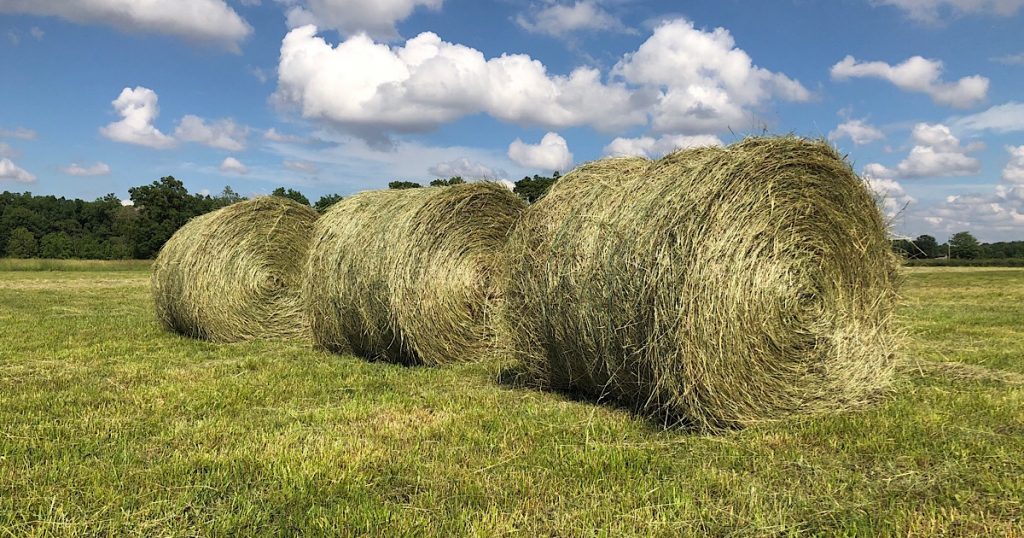
The Round Baler is going to make baling a less laborious job. Typically, when we square bale, we need a tractor driver and two people stacking the wagons. Next, we need to unstack the wagon and restack it in the barn. It is a long hot job that all needs to be done in one day. However, with a round baler, one person can do the entire job of baling and storing the round bales in the barn.
The Animals
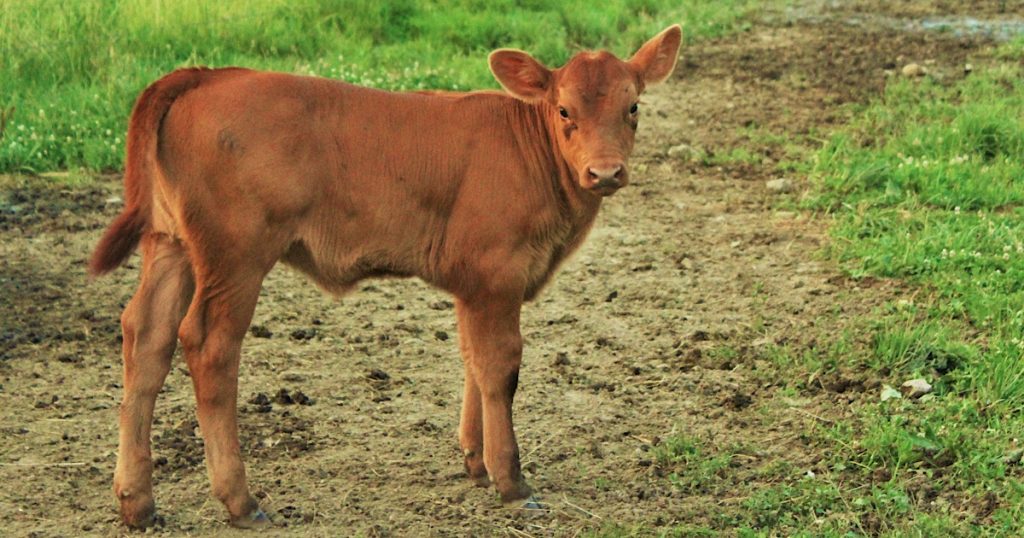
We welcomed a new heifer calf, Angie, on May 23. This red head weighed 90 pounds at birth. Angie will be part of our breeding stock and will turn out nice calves for us in the future. Her mother, Ester, is a Black Angus Cross and the Sire is a Red Angus, named Excellence. We hope to have an entirely red herd someday…we just love red calves!
This month we expect a calf from Annie, another black Angus cross. Make sure to follow us on Instagram and Facebook for a sneak peak of the new baby.
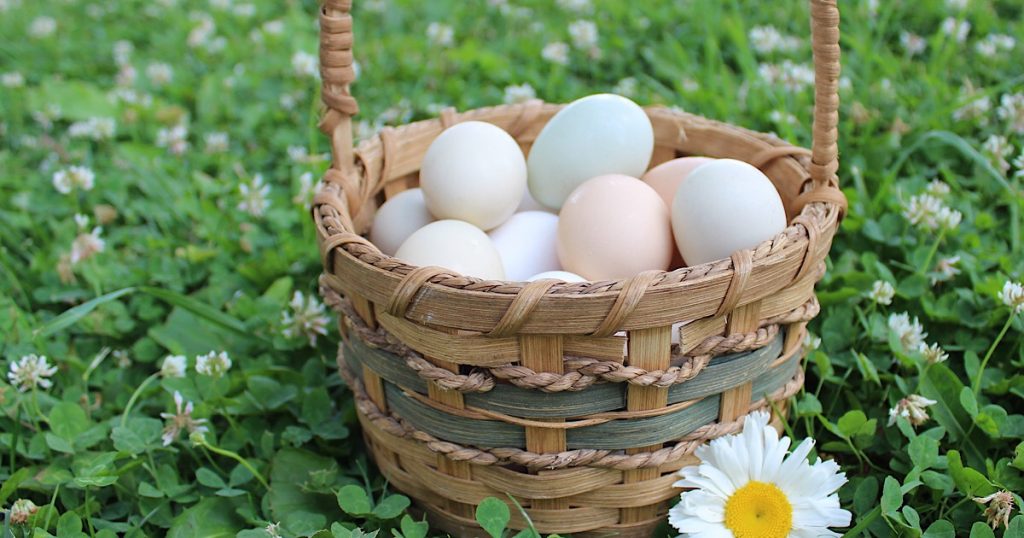
The twins are incubating eggs to continue adding on to our laying flock so we can offer eggs. We are very fortunate to have a rainbow of colored eggs from this flock. The hens are considered game birds with a mix of Sumatra and Wyandotte. They are small chickens but lay huge eggs. It reminds me that not everything has to make sense. If you are interest in day-old chicks, please let us know and we can schedule a hatching date.
The Garden
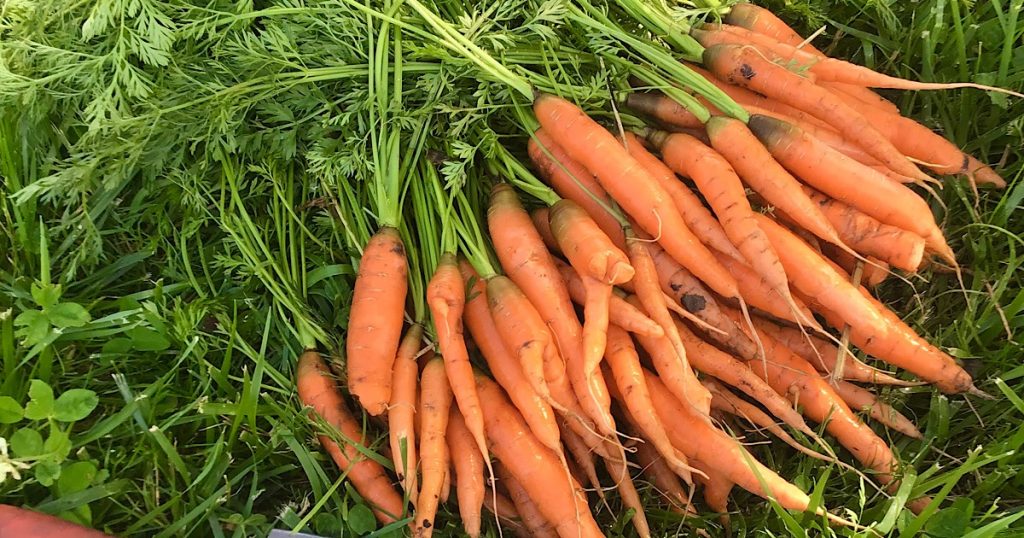
I can barely keep up with the garden! Garlic will be coming out of the ground this month. I will post later about my favorite ways to use veggies in the kitchen. Zucchini, leaf lettuce, carrots, sugar snap peas, and spinach keeps on giving so expect to see some recipes that include these vegetables.
Favorite Tool of the Month
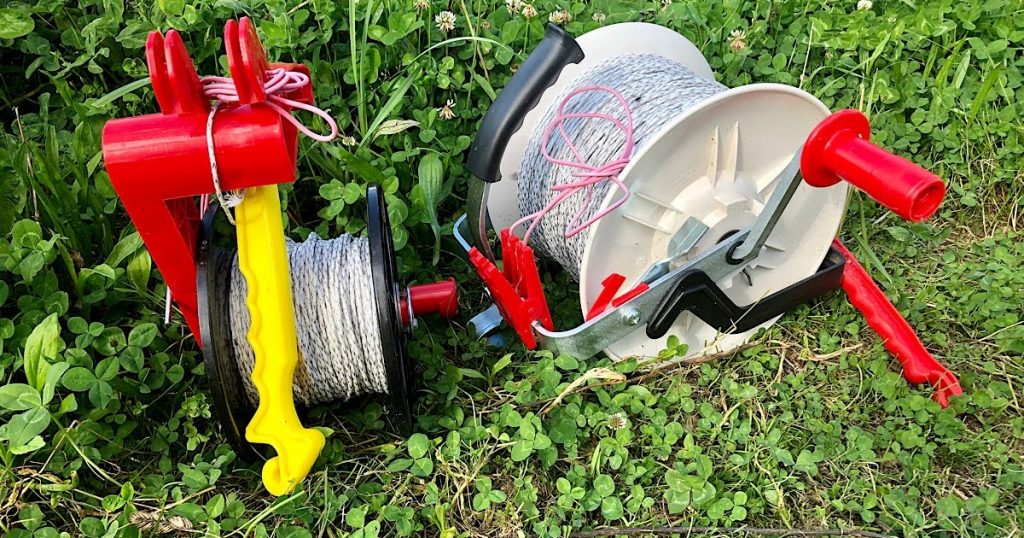
By far, our favorite gadget is the fence reel. These plastic reels made for poly woven electric fence make intensive grazing a breeze. Just wind it up and move to the next section of pasture. They are light weight and can hang on intersecting fencing without any problems.
We Often Get Asked…
What is in your hay?
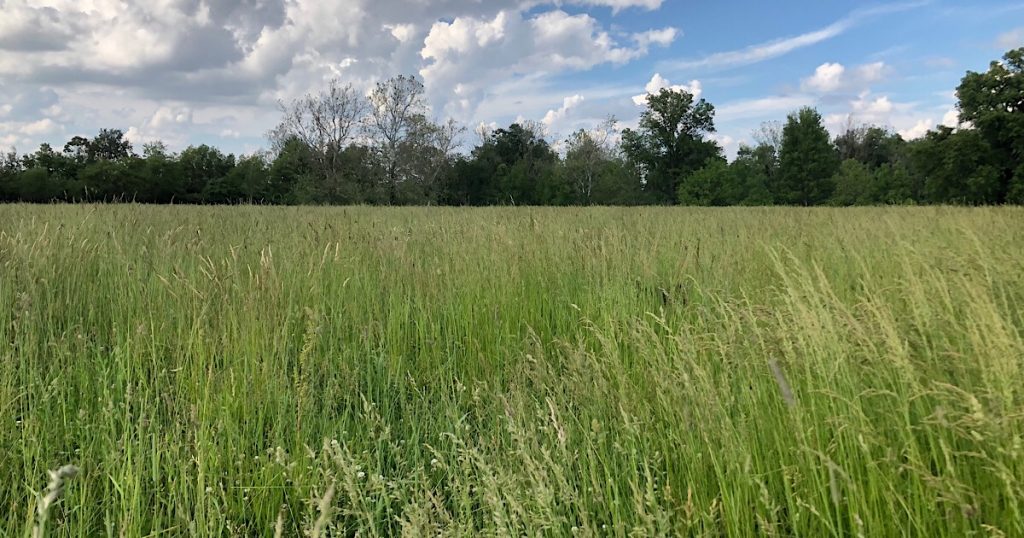
Good question! After all, this is what our herd eats in the winter. Our hay is a mixture of Orchard Grass (50%), Red Clover, Timothy, Alfalfa, Perennial Rye, and a tiny amount of Tall Fescue. Alfalfa and Red Clover provides the most protein and the rest of the forage is the carbohydrate portion. Fortunately, cows have a ruminate stomach, with special rumen microbes which ferment forage and produce fatty acids, which is the cow’s main energy source. A single animal of 1,000 lbs. will eat on average 35 lbs. of forage a day. That’s five square bales a week per full grown cow.
This month
What you can expect to see in your inbox this month…
- Family favorite garden vegetable recipes,
- Easy Beef Roast using a Dutch Oven,
- And lots of baby calf pictures!

